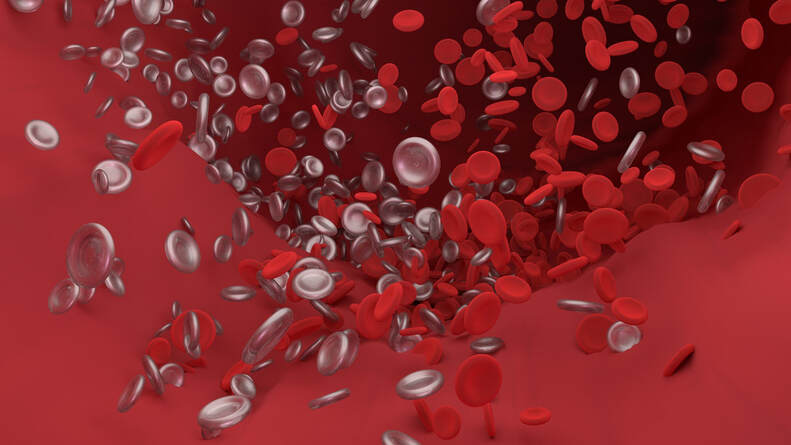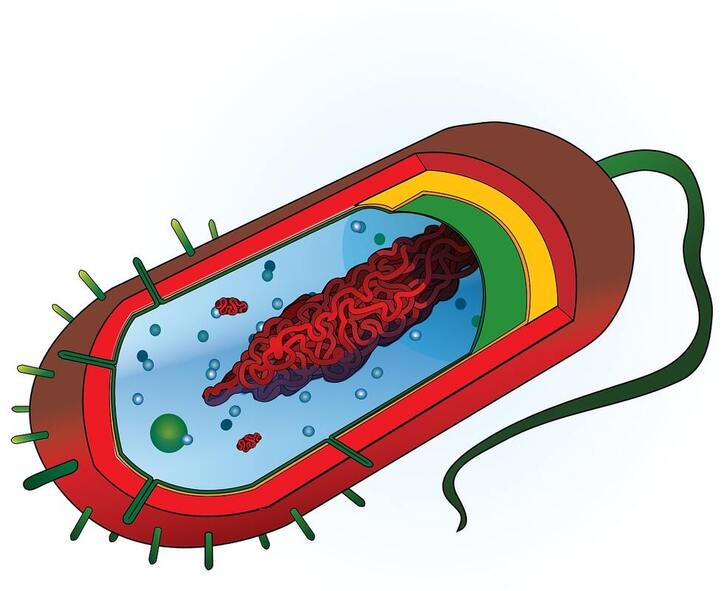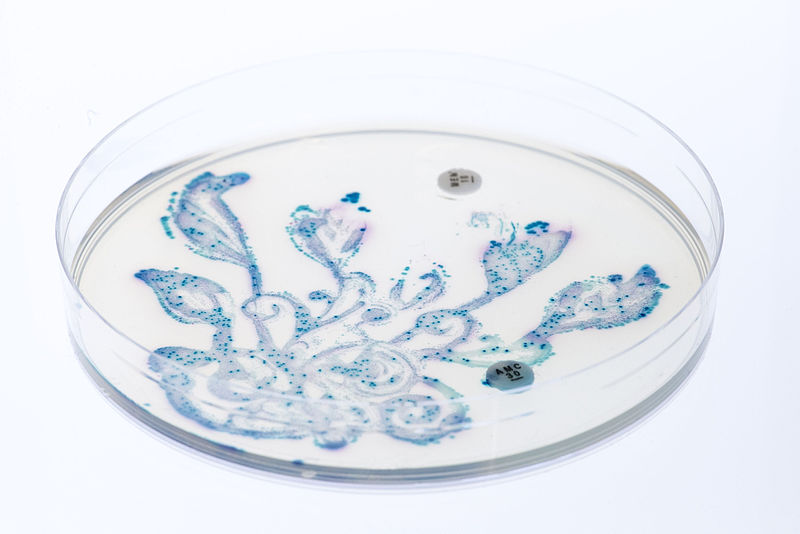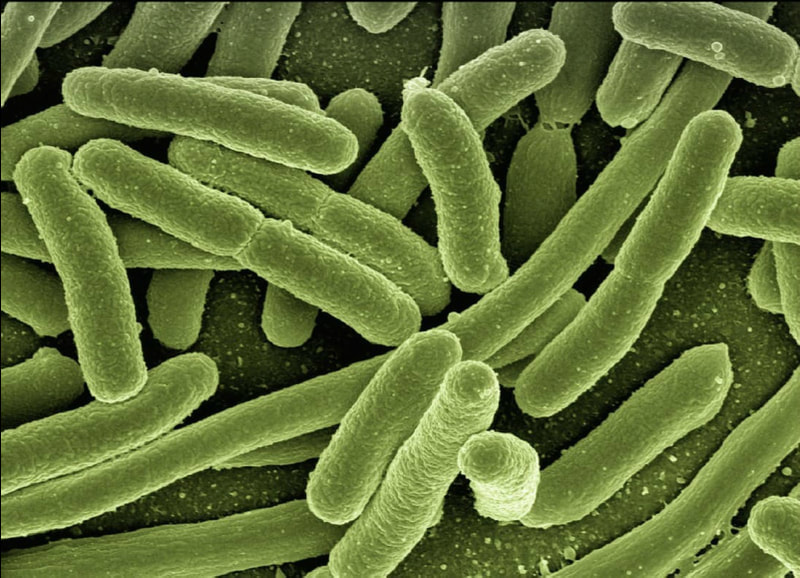Getting Physical in the Fight Against Antibiotic Resistance
As antibiotic treatments become more routine in hospitals around the world, strains of antibiotic-resistant bacteria like those of Staphylococcus aureus and Mycobacterium tuberculosis have also become more common. According to a 2014 UK study, the death rate from antibiotic-resistant pathogens is projected to outpace that of cancer in 30 years. The evolutionary arms race between pathogens and antibiotic treatments is reaching a fever pitch under the current pandemic, as seen in the increased occurrence of secondary bacterial lung infections induced by COVID-19. Now more than ever, it is essential for new innovations in and alternatives to antibiotic treatments.
Fortunately, in a study published this past January, researchers from RMIT University have uncovered a new angle in the fight against superbugs. While the majority of antibiotics exploit genetic vulnerabilities or contain chemicals to combat infections, the team instead pioneered an approach based on physics—simply smashing the offending bacteria to bits.
Fortunately, in a study published this past January, researchers from RMIT University have uncovered a new angle in the fight against superbugs. While the majority of antibiotics exploit genetic vulnerabilities or contain chemicals to combat infections, the team instead pioneered an approach based on physics—simply smashing the offending bacteria to bits.
Image Source: Clker-Free-Vector-Images
The researchers developed a novel application of nanotechnology, injecting non-toxic, liquid iron particles smaller than human cells into clusters of bacteria. When subjected to low-intensity magnetic waves, the nanoparticles alter their shape, becoming sharp enough to puncture the protective cell wall of bacteria and other types of harmful microorganisms, ultimately destroying them. The researchers’ goal was to test if these particles could be utilized to eliminate bacterial populations. They tested the new treatment on the biofilms of Staphylococcus aureus and Pseudomona aeruginosa—which are gram-positive and gram-negative types of bacteria, respectively—representing the two main categories of bacteria differentiated by the degree of peptidoglycan (PDG) in their cell walls. Because gram-negative cells are harder to kill due to its additional outer membrane, it would be encouraging to see the nanoparticles retain the same effectiveness they have with gram-positive cells, thereby cementing nanoparticles as viable alternatives to the chemicals usually employed in conventional antibacterial drugs.
After 90 minutes of exposure to the nanoparticles, both cell populations were found to be 99% eliminated. Furthermore, the nanoparticles were small enough to be harmless when applied near human cells. Human cells are on average 10 times larger than a bacterial cell, rendering bacteria more vulnerable to smaller particles that can physically penetrate their outer defenses.
Future applications of this technology are manifold and potentially game-changing. The nanoparticles could, for example, be converted to an aerosol spray that can coat the sites of recent surgery with high infection rates, as in the case of hip and knee replacements. They could also be injected internally at more hard-to-reach areas of infection like the gastrointestinal tract. With further research, medical nanoparticles could even expand into applications outside antimicrobial treatment, such as cholesterol clearing and selective tumor degeneration. As it stands already, the possibilities of these nanoparticles mark the next step in finding an effective treatment for antibiotic-resistant bacteria.
After 90 minutes of exposure to the nanoparticles, both cell populations were found to be 99% eliminated. Furthermore, the nanoparticles were small enough to be harmless when applied near human cells. Human cells are on average 10 times larger than a bacterial cell, rendering bacteria more vulnerable to smaller particles that can physically penetrate their outer defenses.
Future applications of this technology are manifold and potentially game-changing. The nanoparticles could, for example, be converted to an aerosol spray that can coat the sites of recent surgery with high infection rates, as in the case of hip and knee replacements. They could also be injected internally at more hard-to-reach areas of infection like the gastrointestinal tract. With further research, medical nanoparticles could even expand into applications outside antimicrobial treatment, such as cholesterol clearing and selective tumor degeneration. As it stands already, the possibilities of these nanoparticles mark the next step in finding an effective treatment for antibiotic-resistant bacteria.
Featured Image Source: Vector8DIY
RELATED ARTICLES
|
Vertical Divider
|
Vertical Divider
|
Vertical Divider
|






